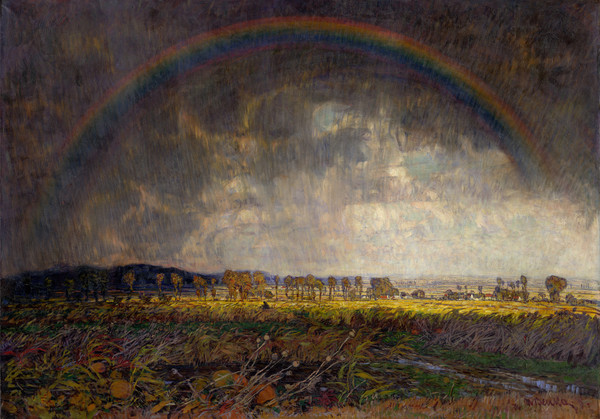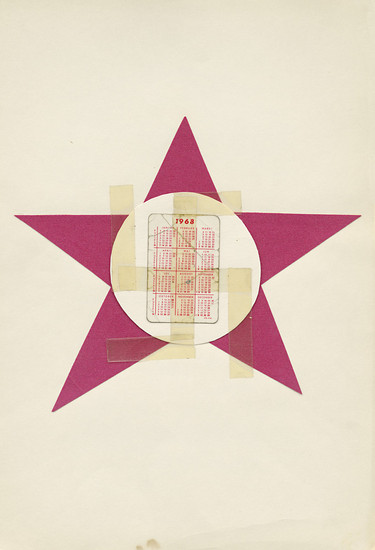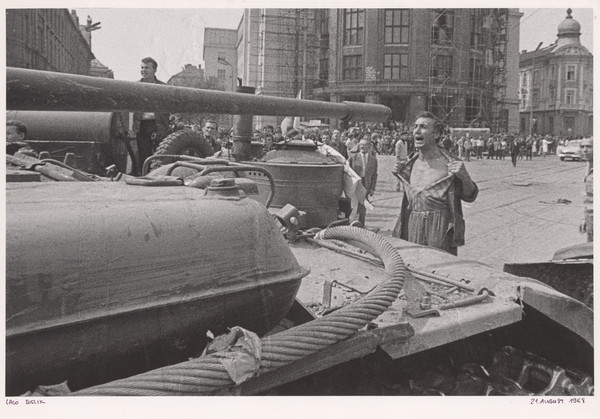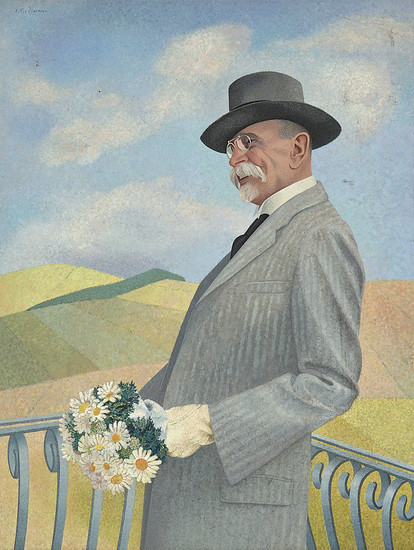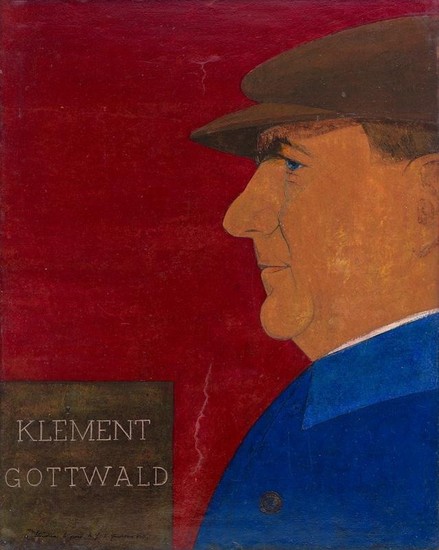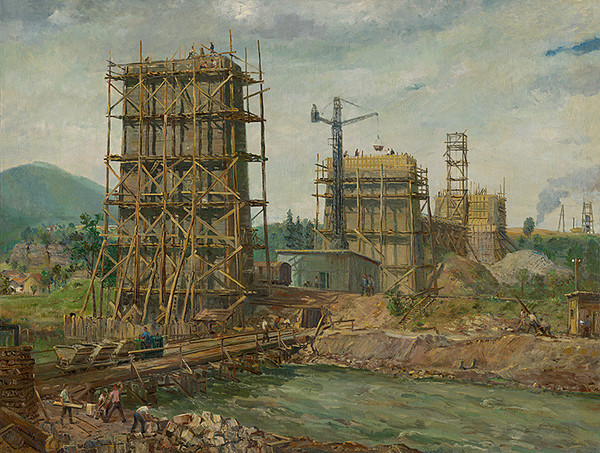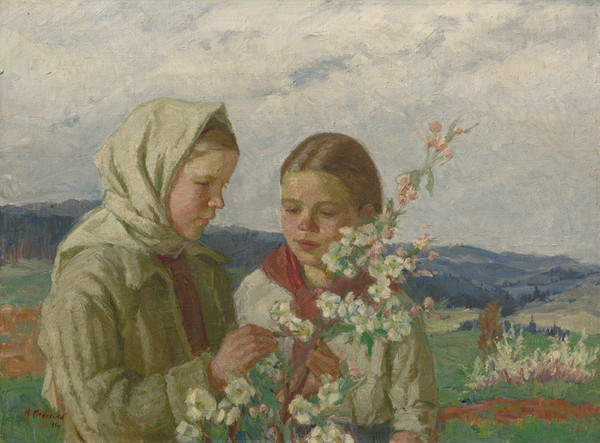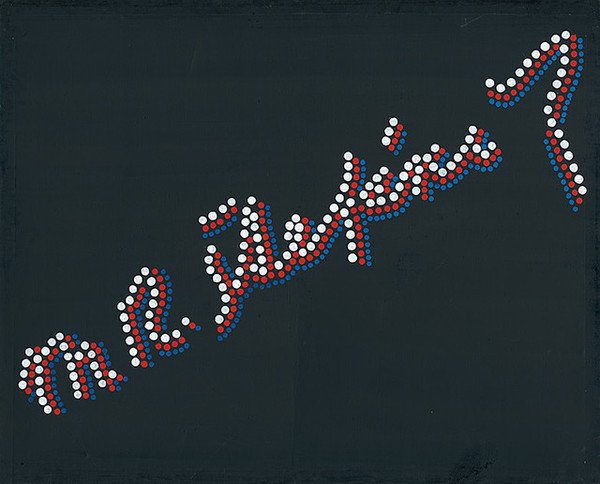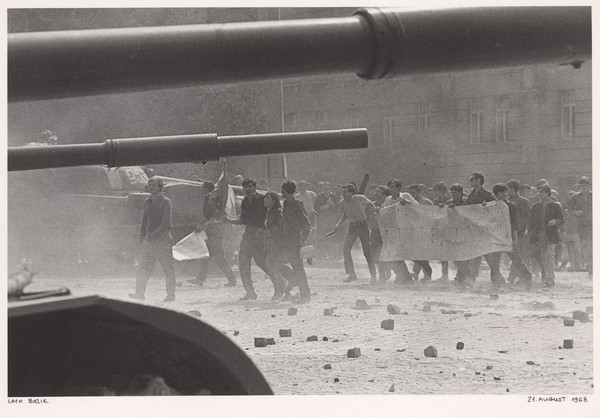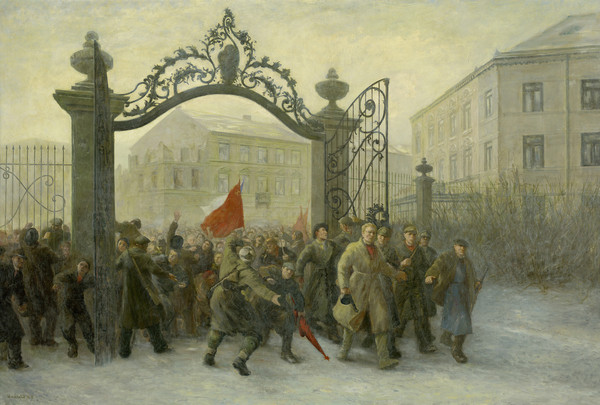Esterházyho palác, Bratislava
Curators: Katarína Bajcurová, Petra Hanáková, Alexandra Kusá
The exhibition project The Eights is unconventionally conceived for the atrium as a series of small exhibitions for the anniversaries of the eights: February 1948, August 1968 and October 1918.
Despite the name, the boards are a multilayered exhibition of art, projects that deal with historical and theoretical questions about curatorship, typology of exhibitions, cultural politics, and audience expectations. The authors of concept, Katarína Bajcurová, and Petra Hanáková, conceived the idea also as a subtle memento of the times when museums were only professionally looking noticeboards of political anniversaries.
The basis of the exhibition is long, 3-meters high wall - "gallery noticeboard" - on which the visual collages will be rotated according to the anniversaries. The results will be a draft or materialised Pinterest board, a reminder of socialist "noticeboard culture". The February board, commemorating the anniversary of the 1948 Czechoslovak coup, will be curated by Alexandra Kusá. In August, Petra Hanáková will take over the board, commemorating the Warsaw Pact invasion in 1968, and in October, the board commemorating the declaration of Czechoslovak independence in 1918 will be put together by Katarína Bajcurová. The collages will consist of artistic materials of various types (paintings, photographies, documents), primarily from the collections of SNG. The final layout, the conflict of the artworks next to each other, their juxtaposition will speak about the nature of the historical event.
The project of noticeboards is another one of the exhibitions which reflect and comment on our discipline and its individuality. The history of art is not identical with social or political history, even though they're inextricably connected. Before 1989, the practice spoke differently and we can find the remains of these opinions surviving even today among the public and political spheres. In this way, the noticeboards are an emancipatory project. On one hand, the artworks are an example of this connection but they also point out the uniqueness and potential of the artistic material, since their content is not an illustration of a historical event but rather a reflection of the course of the history of art.
Part of the project will also be a noticeboard dedicated to the 70th anniversary of the Slovak National Gallery, which will use the other side of the panel and will be displayed in the atrium throughout the next year.
Besides the curators, graphic designer Pavlína Morháčová will also work on the exhibition.
August 1968
All over the world, the 1960s was a period of civic awakening. Socialist Czechoslovakia, shackled after the war in the Soviet bloc, is also becoming more liberal. It sets off on its own path under the influence of the kind, smiling face of its new Communist leader, the Slovak, Alexander Dubček; the movement is referred to as socialism with human face, or democratic socialism. Although the revival in Czechoslovakia is still taking place within the limits of socialism, the leadership of the communist parties of the Warsaw Pact countries perceive it as a threat, a counter-revolution. As a result, the soviet politburo sends tanks to Czechoslovakia to repress it under the guise of providing "brotherly help." The "friendly armies" cross the borders before midnight of August 21, 1968 as part of Operation Danube, the largest military operation in Europe since the end of the World War II. The invasion is a desecration of international law and the political sovereignty of Czechoslovakia. It is met with resistance (mostly passive) throughout the country and causes disillusionment even in souls which up to that moment had been open to the ideals of Communism. Because in the words of Luďek Pachman: "Can eternal friendship be forced with a gun to the head?"
Our second micro exhibition in the "eight" series is an intentionally saturated surface, a dense intermedia collage which anticipates repeat visits. The majority of the material on the "noticeboard" is comprised of works reflecting the events of August 1968, some after the fact. Thus, it is mainly political in nature, but there are also artifacts referring to a wider framework of the culture: (feder(aliz)ation, the cult of Alexander Dubček, communal humor, western influences in visual culture...). The ambition is to mediate at the fullest the civic ethos which the Prague Spring and the subsequent invasion of the "allied" armies brought to culture and visual art. Through films, photographs, posters, caricatures, letters of angry citizens, protest songs and "slogans from the walls," we will present this unique moment of our history; the date which overnight dashed everyone's hopes in the possibility of socialism with a human face.
